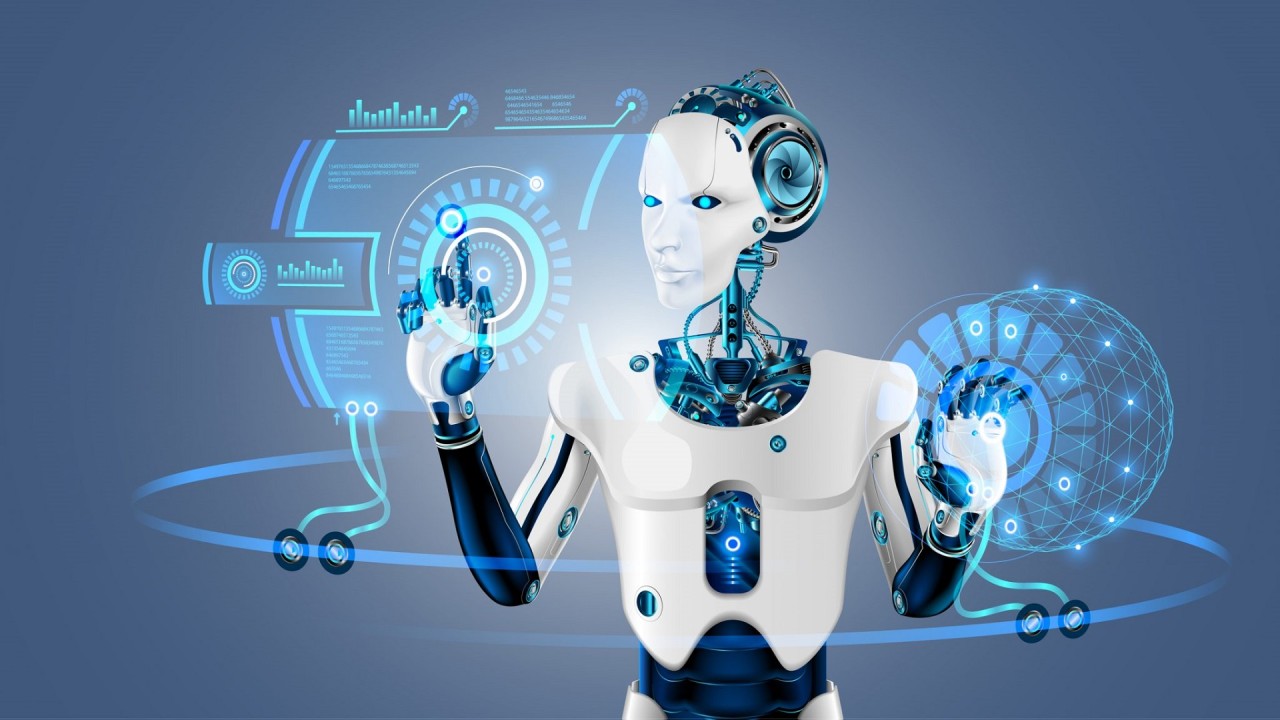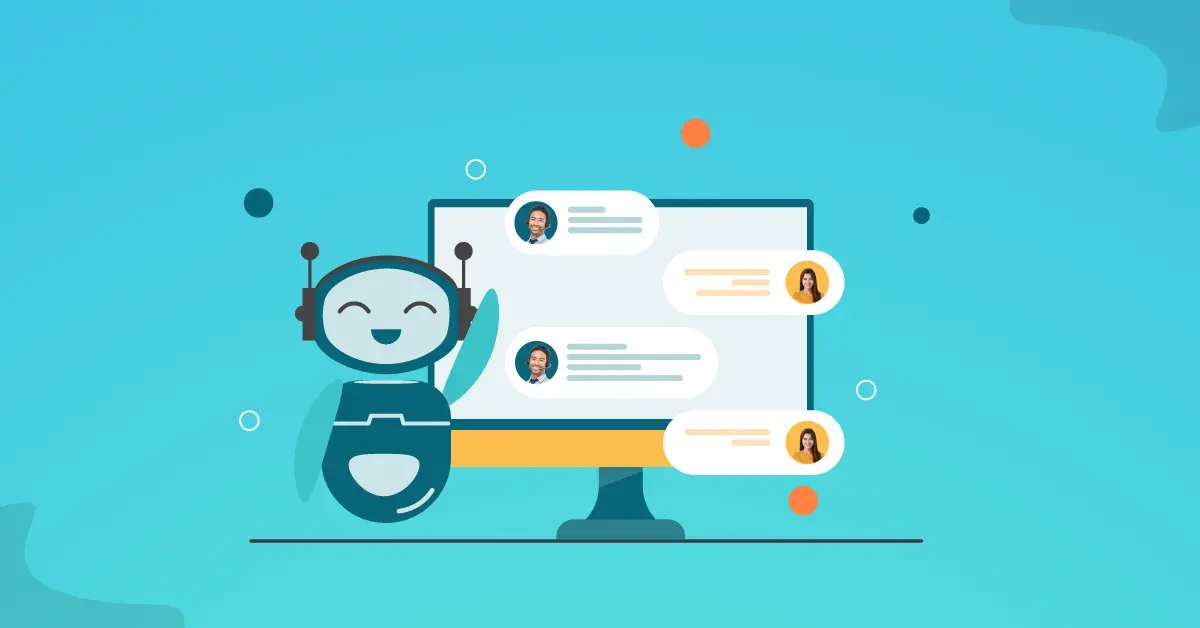The rapid advancement of artificial intelligence is reshaping the job market at an unprecedented pace. While technology has always transformed work, AI's unique ability to learn, adapt, and perform cognitive tasks means the changes ahead will be more profound than previous technological shifts. Understanding which jobs are at risk and why can help you make informed decisions about your career future.

Understanding AI Replacement Risk
Not all jobs face the same level of AI threat. Automation risk depends on several key factors that determine how easily AI can replicate human work. Jobs with high routine, predictable patterns, and limited interpersonal interaction face the greatest vulnerability.
Key Risk Factors
AI replacement risk increases with: routine and repetitive tasks, rule-based decision making, limited creativity requirements, minimal human interaction, and high data processing components.
The AI Capability Spectrum
- Pattern recognition: AI excels at identifying trends and anomalies in large datasets
- Language processing: Advanced models can understand, translate, and generate human language
- Routine analysis: Automated systems can process standard procedures faster than humans
- Predictive modeling: AI can forecast outcomes based on historical data patterns
High-Risk Jobs: Likely to Be Replaced by 2030
High Risk of Replacement
These positions involve routine, rule-based tasks that AI can already perform or will master within the next five years.
1. Data Entry Clerks
Replacement probability: 95%
AI-powered optical character recognition (OCR) and natural language processing systems can already process documents, extract data, and input information more accurately and rapidly than human workers. Companies like Microsoft and Google offer automated data extraction tools that eliminate the need for manual entry.
2. Basic Bookkeeping and Accounting Clerks
Replacement probability: 90%
Automated accounting software can categorize expenses, reconcile accounts, and generate financial reports without human intervention. Tools like QuickBooks and Xero already automate many bookkeeping functions, with AI enhancements making them increasingly sophisticated.
3. Telemarketing and Cold Calling
Replacement probability: 88%
AI-powered voice systems can conduct sales calls, handle objections, and even close deals. These systems never get tired, can work 24/7, and don't experience rejection fatigue. Companies are already using AI chatbots for customer outreach with impressive results.

4. Basic Customer Service Representatives
Replacement probability: 85%
Chatbots and virtual assistants can handle routine customer inquiries, process returns, track orders, and resolve common issues. While complex problems still require human intervention, AI systems are rapidly improving at understanding context and emotion.
5. Assembly Line Workers
Replacement probability: 82%
Robotic systems have already transformed manufacturing, and AI-enhanced robots are becoming more adaptable and precise. These systems can work continuously, maintain consistent quality, and adapt to new products with minimal reprogramming.
Medium-Risk Jobs: Partial Automation Likely
Medium Risk of Replacement
These roles will likely see significant AI augmentation, with some tasks automated while others remain human-dependent.
6. Retail Cashiers
Replacement probability: 75%
Self-checkout systems and automated payment processing are expanding rapidly. Amazon's "Just Walk Out" technology and similar systems eliminate the need for traditional checkout processes. However, some customer service and problem-solving aspects may remain human-dependent.
7. Basic Legal Assistants
Replacement probability: 70%
AI can research legal precedents, draft standard documents, and analyze contracts more efficiently than junior legal staff. However, complex legal reasoning and client interaction still require human expertise, though the scope of these roles will significantly narrow.
8. Junior Financial Analysts
Replacement probability: 65%
AI excels at analyzing financial data, identifying trends, and generating reports. While strategic thinking and client relationships remain human domains, many analytical tasks will be automated, reducing demand for entry-level positions.

9. Basic Journalism and Content Writing
Replacement probability: 60%
AI can generate news reports, sports summaries, and basic content from data feeds. However, investigative journalism, creative writing, and complex storytelling remain human strengths, though the volume of entry-level writing opportunities will decrease.
Low-Risk Jobs: AI-Resistant Professions
Low Risk of Replacement
These careers require uniquely human skills like creativity, empathy, complex problem-solving, and interpersonal relationships.
Healthcare Professionals
Doctors, nurses, therapists, and other healthcare workers remain low-risk due to the need for human empathy, complex decision-making, and physical care. While AI assists with diagnosis and treatment recommendations, human oversight remains critical.
Creative Professionals
Artists, designers, writers, and musicians who create original, emotionally resonant work remain largely safe. While AI can assist in the creative process, human creativity, cultural understanding, and emotional intelligence drive truly innovative work.
Skilled Trades
Electricians, plumbers, HVAC technicians, and other skilled tradespeople work in unpredictable environments requiring problem-solving, manual dexterity, and adaptability that current robotics cannot match.
Assess Your Job's AI Risk Level
Answer these questions to evaluate your position's vulnerability to AI replacement:
1. How routine are your daily tasks?
2. How much human interaction does your job require?
3. Does your work require creative problem-solving?
4. How much does your job involve physical dexterity in unpredictable environments?
Strategies to Future-Proof Your Career
Regardless of your current risk level, proactive adaptation is essential for long-term career security. Focus on developing skills that complement rather than compete with AI capabilities.
Develop AI-Resistant Skills
- Emotional intelligence: Build stronger interpersonal relationships and empathy
- Creative thinking: Cultivate innovative problem-solving approaches
- Complex reasoning: Develop critical thinking and strategic planning abilities
- Leadership and management: Focus on human motivation and team dynamics
Career Future-Proofing Tip
Instead of competing against AI, learn to work with it. Professionals who can effectively collaborate with AI tools and interpret their outputs will be more valuable than those who resist technological change.
Embrace Lifelong Learning
The half-life of skills is decreasing rapidly. Continuous education and adaptation are no longer optional but essential for career survival. Focus on learning that enhances your uniquely human capabilities while staying current with technological developments.

New Job Categories Emerging from AI
While AI eliminates some positions, it also creates entirely new categories of work. These emerging roles offer exciting opportunities for career pivots and growth.
AI-Human Collaboration Roles
- AI Trainers: Professionals who teach AI systems industry-specific knowledge
- AI Ethicists: Experts ensuring AI systems operate fairly and responsibly
- Human-AI Interaction Designers: Specialists creating intuitive interfaces between humans and AI
- AI Auditors: Professionals who verify AI system accuracy and compliance
Enhanced Human Roles
Many jobs won't disappear but will be enhanced by AI, requiring workers to develop new skills in human-AI collaboration. These roles often become more strategic and less routine, potentially offering higher satisfaction and compensation.
The Timeline: What to Expect by 2030
AI adoption won't happen overnight. The timeline for job displacement varies by industry, company size, and economic factors. Understanding this progression can help you time your career transitions effectively.
2025-2027: Early Adoption Phase
Large corporations implement AI for routine tasks. High-risk jobs in tech-forward companies begin experiencing displacement. Workers have time to adapt and retrain.
2027-2029: Mainstream Integration
AI tools become more accessible and affordable. Medium-sized businesses adopt automation. Job displacement accelerates, but new roles emerge simultaneously.
2029-2030: Widespread Transformation
AI integration reaches smaller businesses. The job market reaches a new equilibrium with significantly different role distributions. Early adapters thrive while late adapters struggle.
Taking Action Today
The future of work is not predetermined. By understanding trends, developing relevant skills, and adapting proactively, you can position yourself for success in an AI-enhanced economy. Start with an honest assessment of your current role and begin building the skills that will remain valuable in the decades ahead.
Remember, every technological revolution has created more jobs than it eliminated, but these new positions require different skills. The key to career security lies not in avoiding change but in embracing it strategically and purposefully.

Stay Ahead of Career Changes
Equip yourself with professional tools and skills to thrive in an AI-enhanced workplace.
Explore Professional Tools